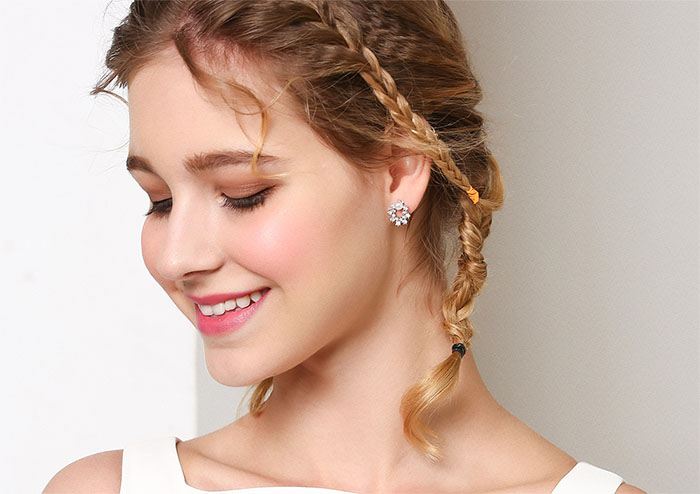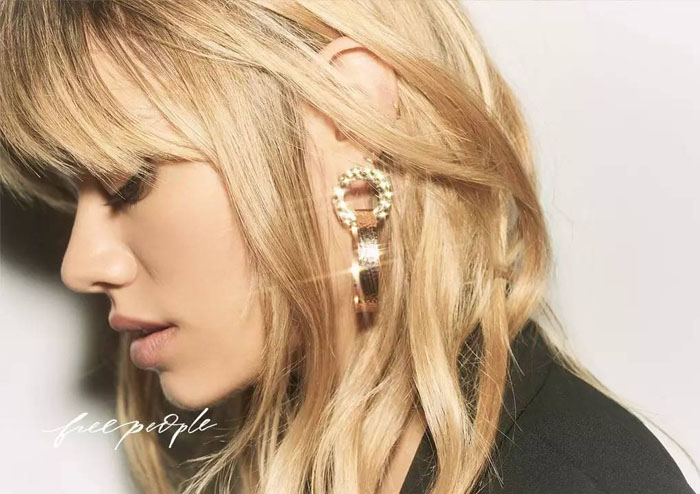- Login
- Cart{{shopingCartNum}}
- English

Just-pierced ears, medically termed as "puncture wounds," require careful care. Here are some key points to keep in mind:
(1). For the first few days after getting a new ear piercing, it is advisable to use a plastic ear cover while washing your hair. The principle is to avoid touching or pulling the earring to prevent irritation to the wound, and it's best to avoid getting it wet. If it does get wet, promptly wipe it dry with a cotton swab to keep the wound dry.
(2). In the 7-10 days following the ear piercing, it's important to keep the earlobe dry and clean. When washing your face or hair, avoid contact with dirty water or dirt. While sleeping, avoid putting pressure on the ear and keep the piercing dry and ventilated.
(3). It's best to keep your hair tied up to prevent accidentally catching the earring. When combing your hair, be mindful of the earring, and when sleeping, it's best to lie on your back.
(4). After the procedure, disinfect the area with 75% alcohol 1-2 times per day, and taking oral vitamin C can aid in wound healing.
(5). Avoid fastening the earring too tightly, as it can lead to swelling. It's best to leave some space.
(6). For about six weeks after piercing, avoid removing the earring.
(7). If there are signs of inflammation or infection after piercing, seek medical attention promptly.
(8). It's recommended to wait at least six months before trying non-silver or non-gold earrings, and it's best not to wear them for more than half a day. Otherwise, it's easy to re-inflame.
(9). Can I turn the earring?
No, don't turn it! Flesh won't grow onto a good earring. If you're worried about blood sticking, soaking in hot salt water can help the blood flow out. What are the downsides of turning the earring?
Stimulating the wound or causing it to reopen, which will prolong the healing time.
If the healing is normal, the wound will start to close in about a week. At this point, you can gently rotate your earring. Rotate it lightly, without causing pain. When you can freely rotate your earring without pain, congratulations, you can change the earring. However, at this point, you still can't wear overly stimulating earrings. The new skin of the piercing is still very fragile, so it's best to choose earrings with a circular cross-section.

(1). Avoid using aureomycin ointment, as its viscous nature makes it more prone to dirt accumulation.
(2). Women should refrain from getting ear piercings during menstruation, as the body's organs are congested at this time, and the resistance is relatively lower, making ear piercing more likely to cause bleeding and infection.
(3). People with a tendency for scarring are prone to fibrous tissue proliferation when getting ear piercings, leading to scar tissue, affecting aesthetics.
(4). Those with acute inflammation of the earlobe or chronic skin diseases should only get ear piercings after controlling the inflammation and curing the skin disease.
(5). Those allergic to metal jewelry are prone to allergies. If there is redness, itching, or yellow discharge around the skin, remove the earrings immediately. After healing, you can switch to earrings made of other materials."